Electric aviation: flight of fancy, or landing soon?
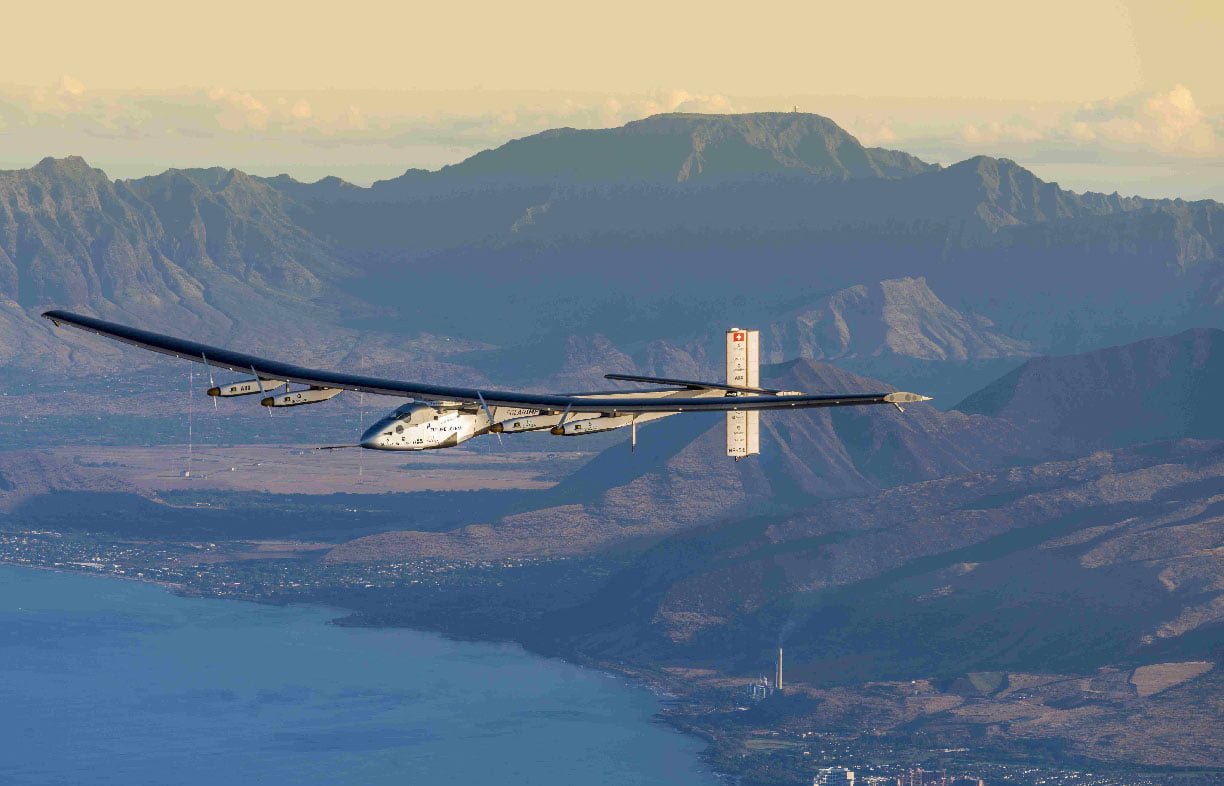
Bryce Gaton gives us the latest on flying electric.
When it comes to electrified transport, the electric car has long been the headline grabber. The EV transition is about more than cars though: to achieve a target of no more than 1.5 degrees of warming, the world must eliminate fossil fuel use in ALL forms of transport—meaning everything on the road/farm/mine site, on the water AND in the air is going to have to give up its fossil fuel addiction in the not-too-distant future.
Electric cars have effectively ‘crossed the Rubicon’ and are now moving towards (or have passed) half of all new car sales in many markets. (Examples include Norway at almost 90%, Sweden at 54% and Europe in general reaching 24%). All-up, be they trucks, buses, earthmoving machinery, motorcycles, scooters, or in fact anything else that moves: land transport in all forms is either moving towards or past the point-of-no-return on the path to electrification.
On the water, that transition has also begun—multiple options for electric outboard motors are available and there are even electric ferries with capacities up to 600 passengers and 200 cars in regular service, with many more to come.
But what about aviation? Norway is well-known for specifying 2025 as the end-date for sales of ICE (internal combustion engine) passenger and light commercial vehicles. Less well-known is that Norway has set 2040 as the date for all domestic flights to be electric. By doing so, it is calculated that Norwegian aviation greenhouse gas emissions will be reduced by 80% as compared to 2020 levels. Norway, by the way, may be the first, but it is not the only country going down this route: Iceland is now contemplating moving towards electric-only domestic flight, in their case by the end of this decade.
So where is aviation in the scheme of greenhouse gas emissions? Whilst it is ‘only’ 2.5% of overall emissions, CO2 emissions due to aviation have doubled since the mid-1980s. These emissions are also considered a ‘hard nut to crack’ due to aviation fuels being both very energy-dense—making them the lightest fuel options by weight—as well as a very convenient one, as long-haul planes in particular don’t arrive with anywhere near as much weight as they left with (more on that later).
However, planes, like all other forms of transport, must too be weaned off fossil fuels if we are to get to zero net carbon emissions by 2050. So where are we at? Are Norway and Iceland’s plans perhaps more aspiration than reality?
Well, believe it or not, there are already a number of electric aircraft available and in development—plus, don’t forget a solar-powered electric plane completed a circumnavigation of the world back in 2016! (As covered in Renew 137).
Dag Falk-Petersen, the chief executive of Avinor (the public operator of Norwegian airports) says: “We think that all flights lasting up to 1.5 hours can be flown by aircraft that are entirely electric,” making the point that this would cover all Norway’s domestic flights plus those to neighbouring Scandinavian capitals.
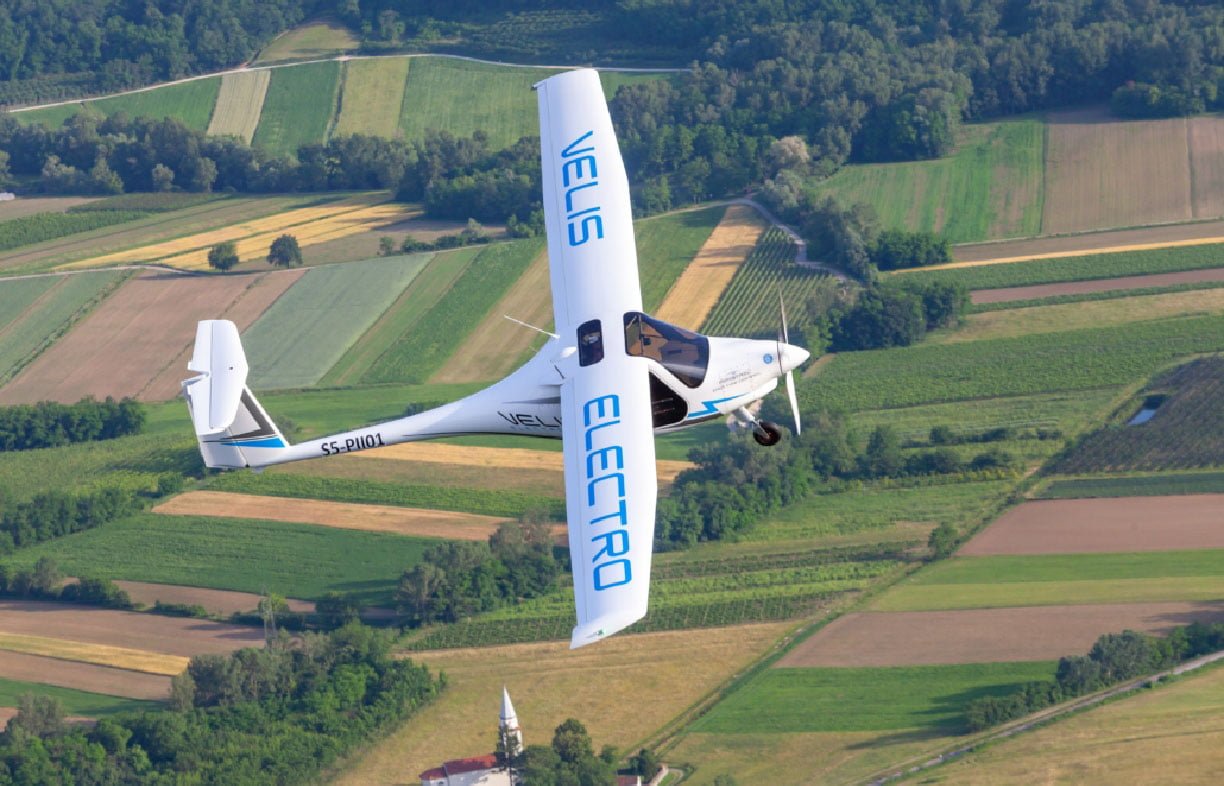
Aircraft available now
One of the first to become available was the Pipistrel Alpha Electro back in 2015. Able to carry two people and fly for up to one hour, it is mainly used for flight training. Advantages include massive savings in terms of fuel and maintenance costs, as well as being much quieter than the traditional light aircraft—something local residents near flight training airfields will appreciate. Pipistrel has also recently introduced the larger Velis Electro two-seater (pictured above).
A more futuristic model is the Black Fly VTOL (vertical take-off and landing) aircraft. With room for one passenger only, it can fly for 50 km at up to 100 km/h on one charge.
Opener Inc. (the manufacturer of the Black Fly) has yet to begin full production or sales, which is certified for sale in the US as an ultralight. Opener envisage their Black Fly as a future ‘flying taxi’ where it can operate fully autonomously and you simply order one to pick you up and drop you off again at a destination—no pilot’s licence required!
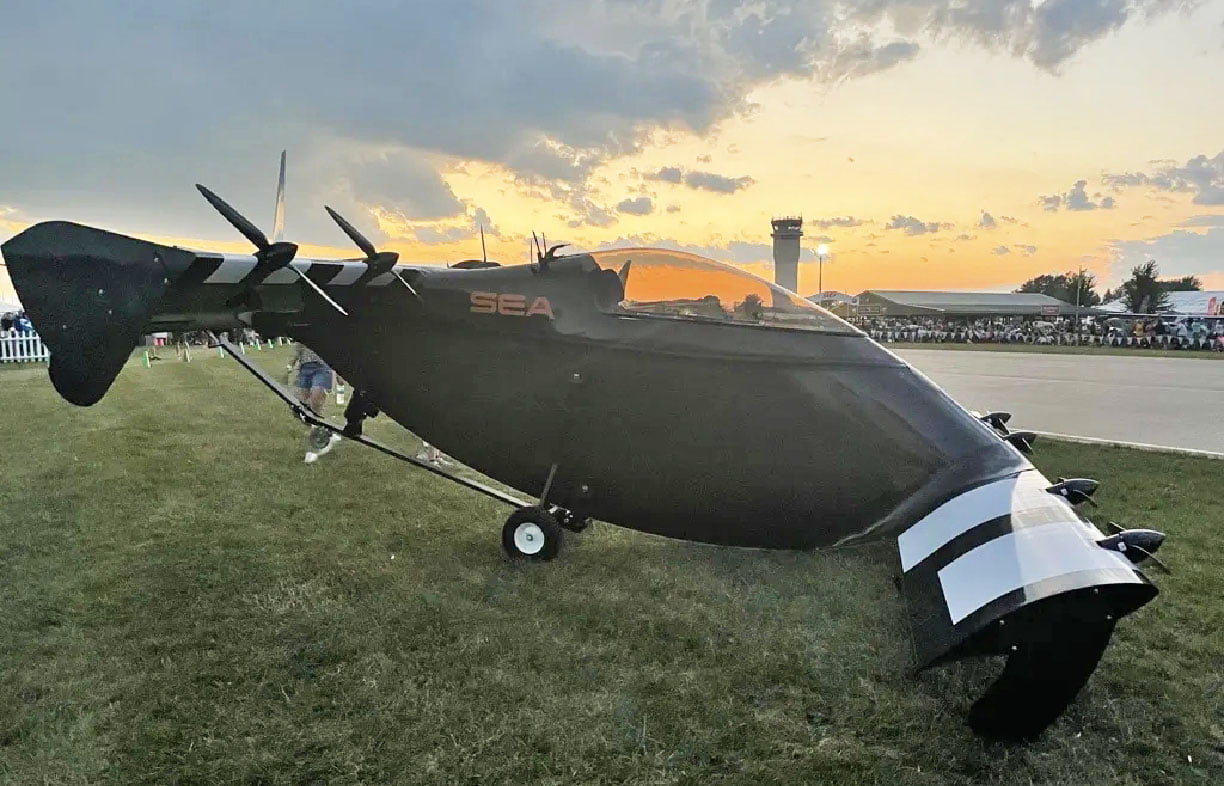
Another interesting development in the field of light aircraft is the combination of electric propulsion and autonomous flight. Pyka is an early starter here with their Pelican Spray and Pelican Cargo models. The Pelican Spray can do up to 60 hectares (150 acres) an hour of crop spraying and is certified in Costa Rica to operate at night—where both the optimum conditions are available for spraying, and when human pilots cannot fly.
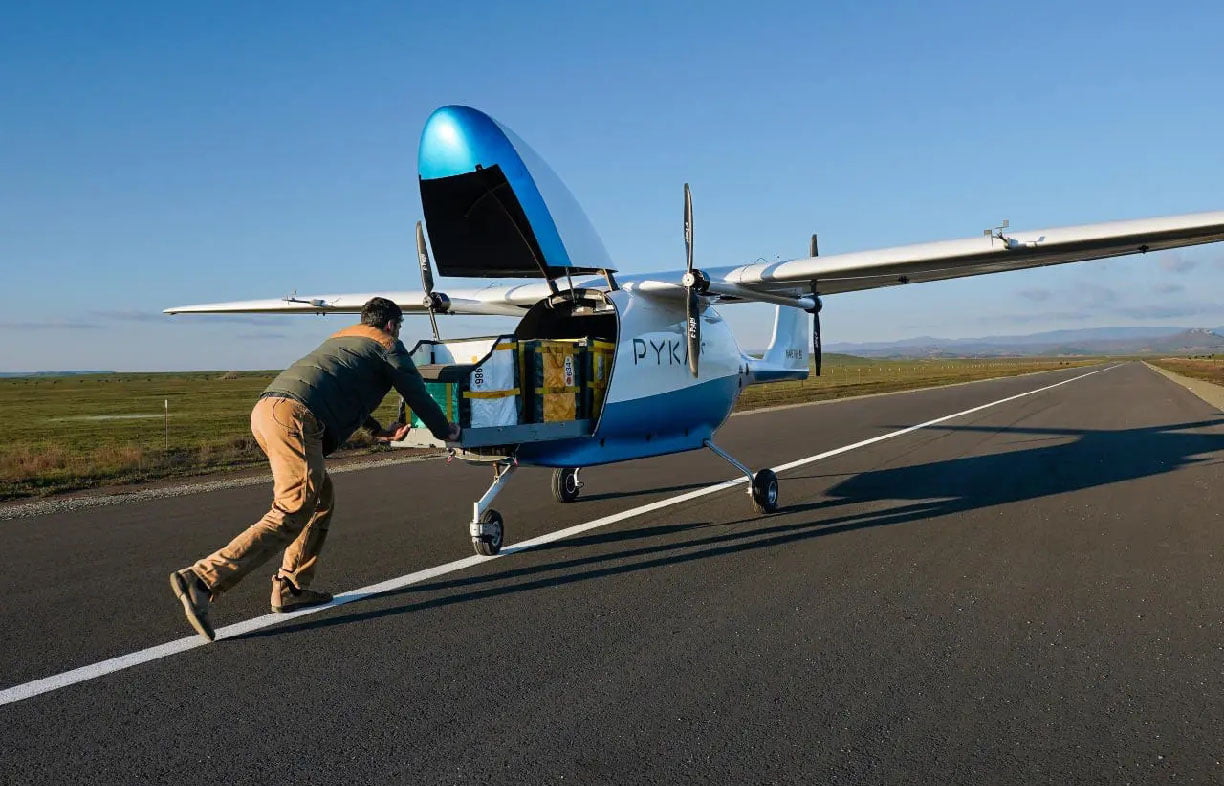
The Pelican Cargo model is currently billed as the world’s largest autonomous electric cargo plane, with a range of up to 320 km and payload of 180 kg/1.8 cubic metres.

In development: close to entering service
A nine-passenger, two-pilot commuter aircraft called the ‘Alice’ is looking to be the first all-electric passenger aircraft to go into production. Developed by Eviation, the Alice is to be offered in commuter, executive and cargo versions.
The commuter configuration in testing holds nine passengers and two pilots, plus 385 kg of cargo. The executive design will offer six passenger seats, whilst the cargo version will have a 12.75 cubic metre load capacity.
The Alice has already been briefly test-flown where it took off, flew to 3500 feet and landed—for a total flight time of eight minutes (a formal longer test flight is to happen any time now and may have done so by the time this edition of Renew goes to print!). Eviation expects the Alice to be in use by the end of the decade, and although Eviation has given no formal timeline for reaching this milestone, they have already taken over 100 pre-orders.
With smaller motors and the ability to swivel, switching between VTOL and winged flight is much easier with electric propulsion—and aircraft types that blend the two modes of flight are in development.
One company experimenting with this type of aircraft is Beta Technologies, who are testing both winged and VTOL flying prototypes of their ALIA-250 EVA eVTOL aircraft. Beta currently plans to offer two versions: one for cargo and another for carrying up to six passengers (including pilot). Both versions are capable of travelling at up to 270 km/h.
Here in Australia, Rex airlines recently announced a partnership with electric propulsion company Dovetail to develop battery electric and hydrogen fuel cell electric systems for retrofitting to existing aircraft.
The new electric motor system is likely to be tested using one of Rex Airlines’ SAAB 340 aircraft fleet. (The SAAB 340 is a 30 to 36 seat turboprop aircraft). According to Dovetail, by retrofitting electric motors into existing aircraft rather that designing a whole new plane from scratch (as Eviation are doing), the certification process for approval to carry passengers should take only around four years instead of the average ten for a fully new aircraft. No date has yet been set for the start of the trials or when REX expects to begin commercially operating them.
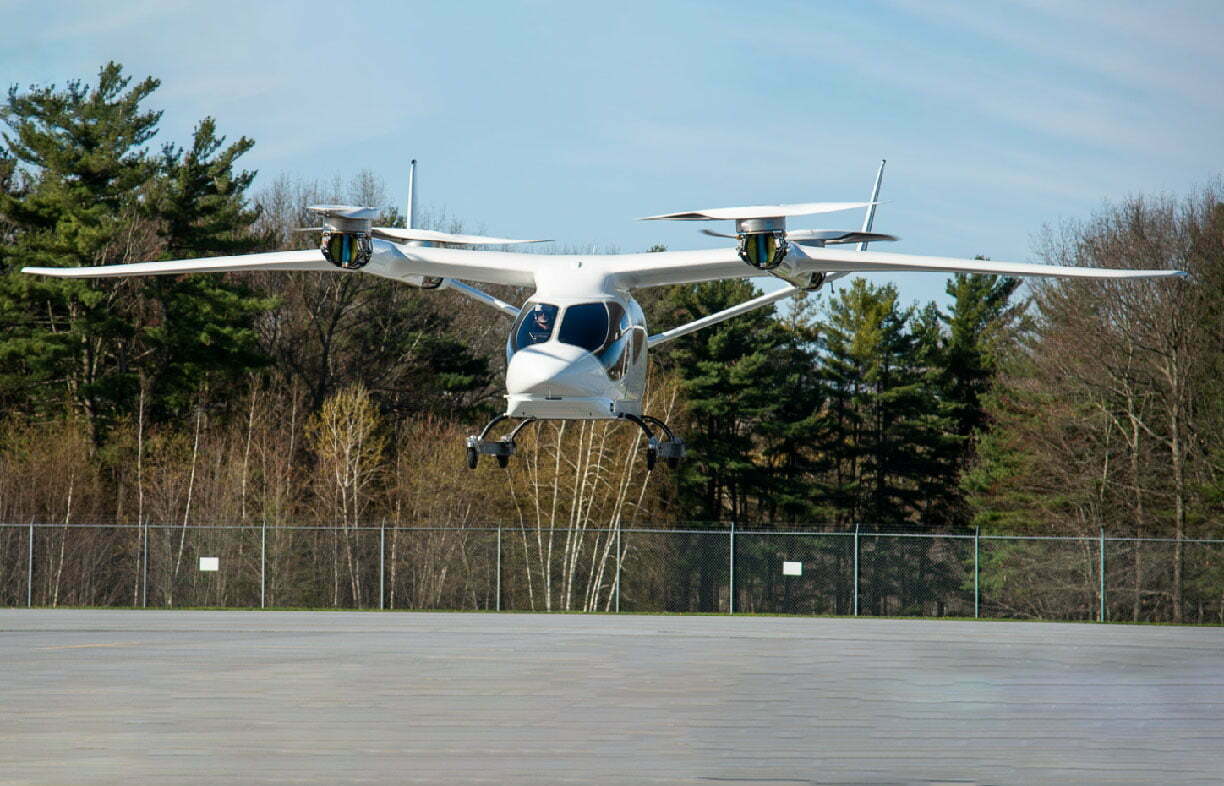
Long-haul flight
It would seem that options for light aviation and short-haul smaller passenger aircraft are well on the way (if not already here); however, this still leaves the ‘elephant in the room’ when it comes to aviation (or perhaps the elephant in the cargo hold): long-haul flights.
First-up, long-haul flights do more damage to the environment than just looking at their CO2 emissions would suggest. In fact, their contrails alone (the water vapour trails from aircraft exhausts), account for 66% of this additional warming effect. Taking these non-CO2 warming effects into account, it has been calculated that aviation adds not 2.5% but in reality 3.5% to overall global warming.
Secondly, as mentioned earlier, aviation fuel is both very energy dense and something you use up along the way, meaning long-haul flights in particular lose a very large percentage of their weight during a flight.
To put this in perspective: a Boeing 747 Jumbo empty of passengers and fuel weighs 187 tonnes, whilst a full load of aviation fuel for it adds another 184 tonnes—almost doubling the overall weight of the plane!
The benefits of losing that weight in fuel over a long haul trip are that you do not need to carry all that weight to your destination (improving the fuel economy as you travel) and the plane takes less of a pounding on each landing as it has lost almost half its weight in fuel along the way. In comparison, a battery weighs the same fully-charged or flat—meaning a battery electric long-haul plane: has to be built more robustly to last landing with that weight every time can’t carry as much cargo as the battery is heavier than a fuel load cannot store enough energy to do the long hours of an intercontinental flight.
As a result, different solutions are being trialled, and, just like the early days of the electrification of cars, hybridisation is being suggested as the first step. Airbus, for instance, are working on developing a hybrid model that combines electric and fossil-fuel use. They suggest in the first iterations of this technology that a modest 5% reduction in CO2 emissions is possible.
Another option is to swap fossil based aviation fuels for biofuels. Virgin airlines in particular has been experimenting with this model. Mainly based on grain-based alcohol, the process involves producing animal feeds from the solids and converting the remaining liquid fraction into low-sulphur, low-particulate jet bio-fuel.
Here in Australia, Virgin has been trialling this fuel since 2018. Mind you, whilst biofuel alternatives do avoid adding further direct CO2 as well as reducing some of the indirect warming effects of other fossil fuel pollutants, the largest indirect contributor—contrails—remains.
Future developments
As mentioned earlier, current battery technology is already capable of powering private light and small-to-medium commercial domestic-length flights, but when it comes to long-haul flight, something else is needed if electric propulsion is to become a reality.
One possibility is the development of solid state batteries offering greatly increased energy densities, meaning batteries could become much lighter. As an example, the lithium-air technology currently in development could improve the energy density by up to four times over current lithium batteries. However, aviation fuels are approximately fifty times more energy dense than current lithium batteries, so there is some way to go before battery tech could knock liquid fuels off their podium for long-haul flight.
Another is the development of hydrogen fuel-cell technology. In a hydrogen fuel cell, hydrogen is used in a chemical reaction to create electricity which is then used to power an electric motor (no contrail required!)
In the meantime though, many technical hurdles need to be overcome for hydrogen to become viable as an aviation fuel—be that in the massive energy requirements needed to produce hydrogen, systems to safely transport and store it, or in designing high power and lightweight hydrogen fuel-cells and storage tanks for use in large aircraft.
International agreements on aviation emissions
Whilst cleaning up the aviation sector appears to not be pushed as hard as is being done in the electricity and land transport sectors, some advances in legislation and agreements have been made.
One is the 2016 Carbon Offsetting and Reduction Scheme for International Aviation (CORSIA) agreement signed by many of the world’s Civil Aviation Organisations. Whilst weak in its recommendations (to some degree reflecting the difficulty in reducing international flight emissions), CORSIA does at least set some targets.
These include achieving carbon neutral growth by 2020 and a 50% reduction in CO2 emissions (as compared with 2005 levels) by 2050.
Another is the International Air Transport Association (IATA) target of an average improvement in fuel efficiency of 1.5% per year from 2009 to 2020, as well as aspirations to build an aircraft that produces no emissions within 50 years.
Conclusions
For light aircraft and small-to-medium sized domestic passenger flights, electrification is both possible and soon to become a reality. In Europe, and possibly even here, we will see these flights start to become electric—with savings in airline operating costs, airport noise AND greenhouse emissions.
Sadly, when it comes to long-haul international flights, current proposals for legislation and offsets are nowhere near enough to eliminate CO2 by 2050, or to reduce them materially before close to that date.
It would also appear that simply swapping to bio-fuel alternatives to burn in aircraft engines is not enough, due to the injection of non CO2 global warming pollutants—meaning electrification in some form or other has to eventually happen. Whether that is through breakthroughs in battery energy densities or hydrogen fuel-cell technology is yet to be seen, though.
Harking back to 2016 and the round-the-world flight by the Solar Impulse II, the words of Bertrand Piccard on completing the journey (one of the two pilots of the Solar Impulse II) now ring prophetic: “I make the bet that in 10 years we will have electric aeroplanes flying with 50 passengers for short- to medium-haul flights… You can fly with no pollution and no noise—purely electric—and landing in urban airports, making no disturbance for the neighbours.”
Further reading
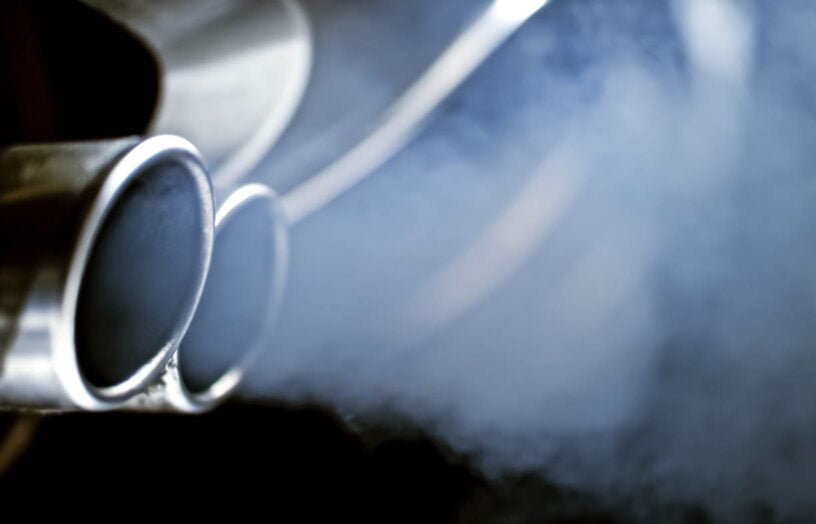 Transport & travel
Transport & travel
Petroleum is fast becoming a dirty word
John Hermans explains the negatives of the petroleum industry.
Read more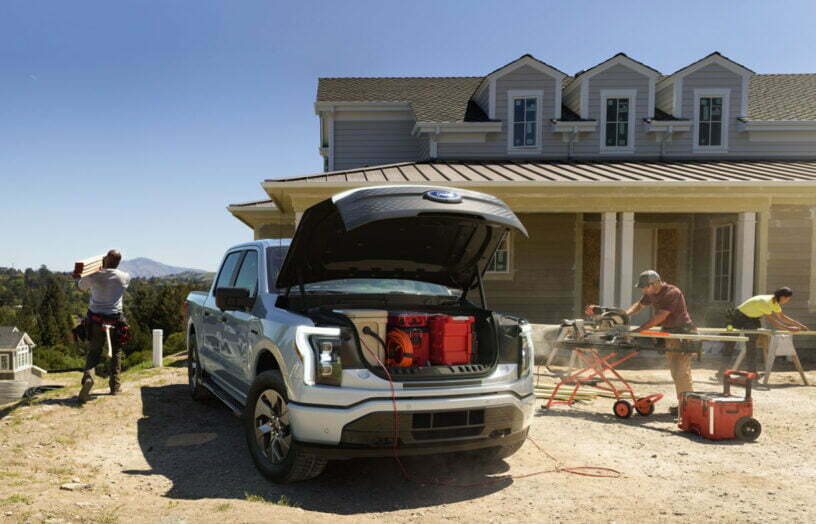 DIY
DIY
Bring on the electric ute
Bryce Gaton asks, will 2023 be the Australian ‘Year of the electric light commercial vehicle’?
Read more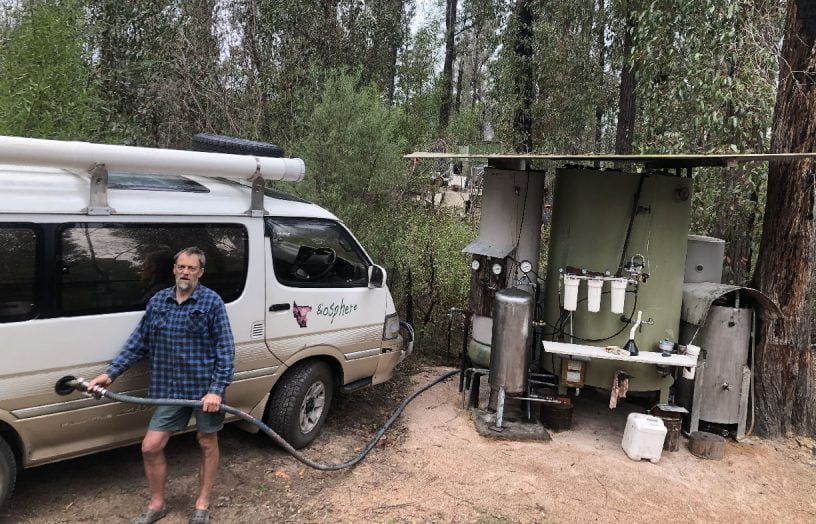 Transport & travel
Transport & travel
Biofuel vs battery
John Hermans gives his opinion on the best power source for electric vehicles.
Read more
